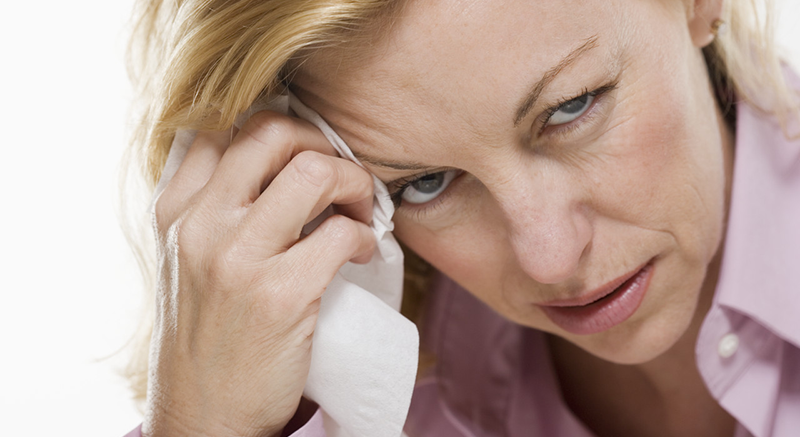Sinus Infection Treatment

You might assume that antibiotics are the go-to sinus infection treatment. But it’s best to wait at least 10 days to see if symptoms go away. Learn more.
The sinuses are air-filled spaces in your forehead (frontal sinuses), inside your cheekbones (maxillary sinuses), and behind your nose (ethmoid and sphenoid sinuses).They are lined with a thin layer of mucus that traps dust and germs. Tiny hair-like projections sweep the mucus towards the back of your throat.
An infection interferes with the flow of mucus. The nasal tissues swell, the sweepers can’t do their job, and the sinuses fill up.
YOU MIGHT ALSO LIKE: Symptoms of Sinus Infection
Symptoms of sinus infection
You’re likely to have postnasal drip, mucus in the back of your throat. You may see green mucus in your sneeze. Your doctor may ask you if you feel tenderness under your eyes or at the bridge of your nose or pain in the teeth. You may have a headache and cough from the post-nasal drip, and a fever. You may have bad breath or a bad taste in your mouth.
An acute infection lasts from 10 days to eight weeks. A chronic infection, which comes and goes, may drag on for months. Either kind of infection could be from bacteria, viruses, or molds.
Some people get sinus infections frequently. They may have a weak immune system. The problem may be a deviation in the septum, the bony partition between the two passages in your nose, growths in the nose called nasal polyps, or very small sinus openings.
With a deviated septum, one side of your nose is shifted over; mucus doesn’t drain well and your sinuses get backed up.
Home remedies for sinus infection
It’s best to wait at least 10 days to see if symptoms go away before trying antibiotics. During that time, you can try several home remedies for sinus infection.
Drink more fluids than usual. You can apply warm compresses to your face. Use nasal spray or put your face over a bowl filled with steaming water. Cover your head with a towel. The steam will open the passages in your nose and relieve pressure. Neti-pots, which rinse your nose and sinuses, are a favorite sinus infection remedy.
You might also try acupressure: Link the fingers of both hands together, forming the shape of a cup, and cradle the back of your head where your skull meets your neck. Extend your thumb as far as the dips on either side of your spine. With your thumbs, massage the area in small circles for about five seconds.
Sinus infection treatment
You can try over-the-counter nasal decongestants, antihistamines, and nasal corticosteroids to relieve pressure and shrink the swelling in your nasal tissues and sinuses.
You usually take antibiotics for sinus infection anywhere from three to 28 days. But if you take antibiotics too often, they may become less effective for you.
If you have a green discharge and discomfort for longer than eight weeks, you may need a sinus CT scan so your doctor can see inside your nose.
When standard antibiotics don’t work, your doctor may need to take a culture to see whether the problem is actually a fungus, which needs a different medication. Some fungal infections penetrate the bone.
Some people may need surgery to remove nasal polyps, open up closed passages, or fix deviations in the septum.
Updated:
July 03, 2019
Reviewed By:
Janet O’Dell, RN